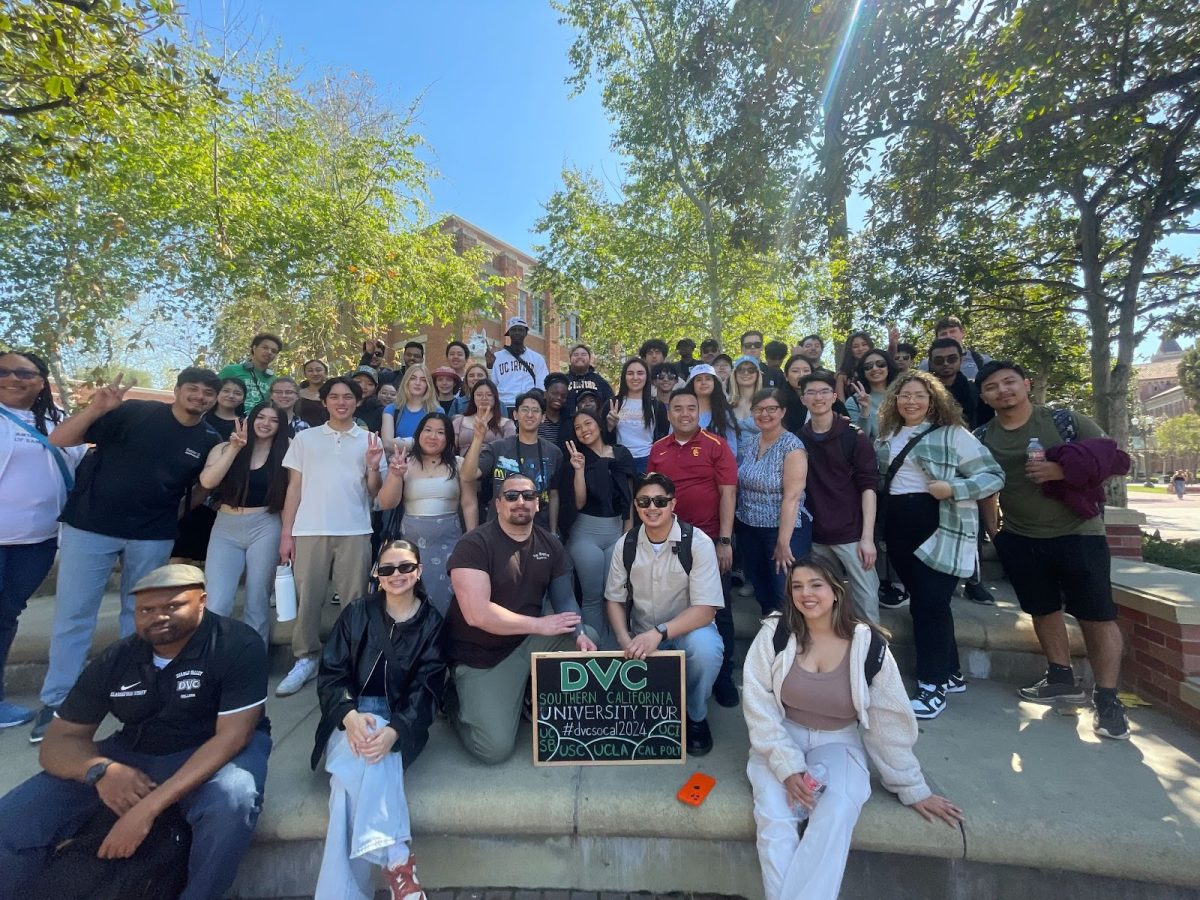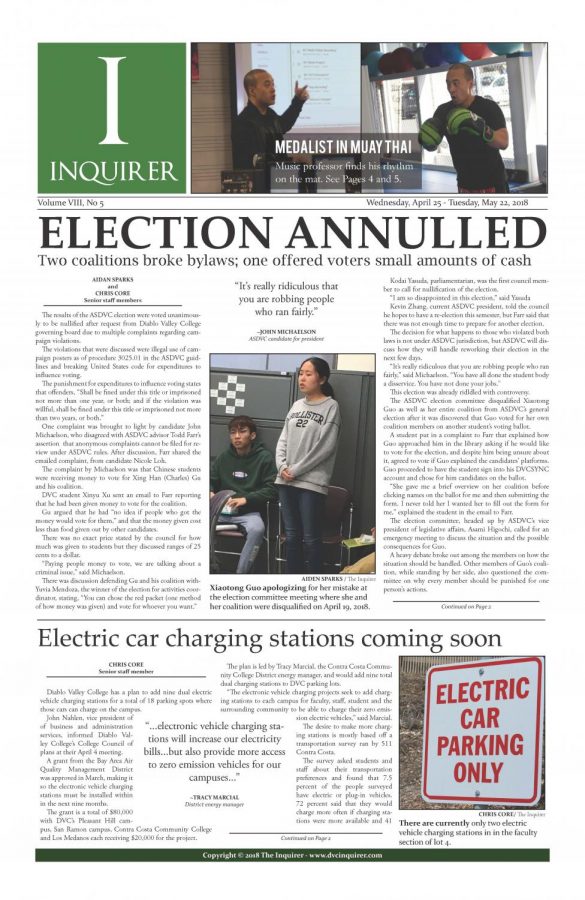If you are registering for the fall and you don’t like surprises, now might be a good time to look away. Changes in state
regulations and campus policy slated to take effect after the summer could significantly impact your semester.
Most students will notice the differences in three areas: activity classes like music and physical education can no longer be taken multiple times for credit; classes that meet twice a week will be five minutes longer; and P.E. and speech classes must now be sought under kinesiology and communications studies.
In an effort to make room for new students, the California Community Colleges Board
of Governors approved changes to the education code eliminating repeatability in most subjects. This change affects “activity” classes – such as physical education, music, art, and drama — which have now been broken into beginning, intermediate and advanced sections.
Complicating
matters, courses of “similar content” will be assigned to “families.” Students can only enroll in four classes per family, with classes taken in the past counting toward the limit.
According to a press release, California Community Colleges Board of Governors President Scott Himelstein said, “It doesn’t make sense for us to allow students to take the same physical education course four times on the taxpayer’s dime while we are closing our doors on those looking for a degree or seeking job skills.”
Some students are unhappy with the new limits on repeatability. In a list provided by the Academic Senate for California Community Colleges, objections included, “Students need additional time and practice to develop skills,” and “Students may pass a course (receive a C grade) but not be proficient,” and “Students need a large quantity and variety of performance experiences in order to be eligible for transfer.”
DVC freshman Victoria Frazer says, “The cap only detours students from potentially receiving a degree, or general ed., and I honestly don’t see the point in that.”
Posters on a higher education discussion board say cutting repeatability overlooks that some disciplines can’t be learned quickly.
“I am concerned about “forcing” a dancer to move from A-D level of ballet in order to take it 4 times,” one instructor wrote. “A student starting at A level (beginning) will never be ready for D level (en pointe)in 4 semesters. Students enter and progress at different levels. Student may need to spend 3 semesters at level C before moving to level D. And you cannot have all levels (A–D) in the same class as the needs are very different.”
While being blocked from enrolling in a section might strike some as an
inconvenient, DVC’s next change penciled for fall may add to the
suspense: P.E. students scheduling their next class in the Life Sciences building at the top of the hill on the other side of campus may get an unexpected extension to their exercise regimen.
Five minutes will also be added to classes which meet on Monday/Wednesday or Tuesday/Thursday, effectively cutting the time between classes from 15 to 10 minutes. It may not sound like a lot of time, but the funding DVC
receives for the 5 minute difference is significant.
According to Vice President of Instruction Susan Lamb, DVC has been losing a whopping $1.5 to $2 million annually in state apportionment because of the shorter class meeting times. By meeting for an hour and 20 minutes weekly, the college can collect apportionment for the full hour and 30 minutes the state allows.
Though
the move would return DVC to a schedule it once held in the ’90s and
also currently shared by other state schools, the change doesn’t sit
well with everyone.
“I have my classes spaced. I have class in
the Math Building, but if I need to get to biology, I need those extra
five minutes, because I don’t want to get grade deduction points,”
explained psychology major Shurooq Salman.
And although the link isn’t obvious at first glance, the name changes to kinesiology and communications studies are related to the loss of repeatability.
The California Community Colleges Student Success Task Force
wants to segregate degree-specific programs under umbrella labels (like
kinesiology) that can be used statewide, and then identify families of courses that offer
curriculum they deem to be similar enough to count against the repeat
cap.
In a Task Force agenda summary back in 2011, under the
heading “Physical Education,” they state their goal clearly, “Separate
intercollegiate athletics from PE as much as possible. Use the separate
TOP codes for the courses aimed at dance, PE, health, and athletics.”





































































